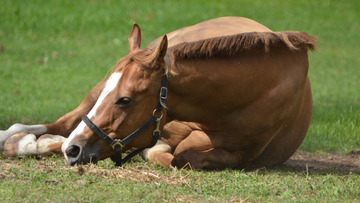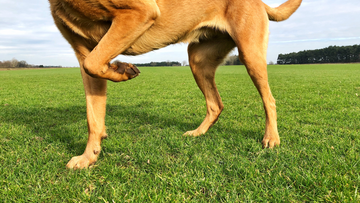Are you considering a grain-free diet for your dog? Grain-free diets are stocked on the shelves of many pet food stores, and the debate on this type of feed has become pretty controversial online. With many people avoiding certain foods due to food sensitivities or allergies, it is only natural to assume your dog might have the same sensitivities. This is only sometimes the case. Before conversing with your vet about switching to grain-free dog food, here is what you need to know.
What are Grains?
 Grains are the harvested seeds of grasses such as oat, barley, corn, wheat, and rice. Grains contain three essential layers. The bran layers contain B vitamins and fiber. The Germ layer includes vitamins, minerals, proteins, oil, and antioxidants. And finally, the Endosperm, where carbohydrates and proteins can be found. Grains should not be confused with carbohydrates. Grains contain carbohydrates, a macronutrient, but are not the sole source of carbohydrates. Sweet potatoes, potatoes, quinoa, lentils, and peas are all examples of carbohydrates.
Grains are the harvested seeds of grasses such as oat, barley, corn, wheat, and rice. Grains contain three essential layers. The bran layers contain B vitamins and fiber. The Germ layer includes vitamins, minerals, proteins, oil, and antioxidants. And finally, the Endosperm, where carbohydrates and proteins can be found. Grains should not be confused with carbohydrates. Grains contain carbohydrates, a macronutrient, but are not the sole source of carbohydrates. Sweet potatoes, potatoes, quinoa, lentils, and peas are all examples of carbohydrates.
Whole Grains Vs. Refined Grains:
The processing stage is the primary difference between whole and refined grains. As the name implies, whole grains remain intact, but refined grains are highly processed and polished. They lose the germ and bran layers during milling, leaving only simple starches and proteins. It is in whole grains that we find the most significant health benefits.
Common Grains Found in Dog Food:
When you read the list of dog food ingredients, you may see some of these grains at the top of the list:
- Rice
- Corn
- Barley
- Sorghum
- Wheat
- Rye
- Oats
Many of these grains may look familiar to you, as they likely make up a part of your daily diet and have been suggested to be an essential staple of a well-balanced, heart-healthy diet for years.
Grain Allergies:
Ear and skin problems are most common with dogs developing or experiencing food allergies. Dogs who suffer from true food allergies will present with some or all of the following:
- Frequent ear infections
- Regular itchiness and licking at the paws and coat
- Red, inflamed, or broken skin from scratching and rubbing
These can also be signs of allergies to pollen from grass and trees, fleas, ticks, and molds. Some dogs may be allergic to grains. But, few dogs suffer from true grain allergies. If they are experiencing a true food allergy, it is more likely from protein sources such as dairy, chicken, or beef.
Is it Okay to Feed My Dog Grain?
Grains are essential in your dog's diet, just as in your own. As we steer towards health-conscious lifestyles, it is only natural to assume they need a healthier diet. Your veterinarian is always the best resource if you are considering changing your pet's diet. Remember, dogs have their own unique nutritional needs.
Do your research and consult your veterinarian before making any significant dietary changes for your pet. Whether your dog's food is grain-free or contains grains, they need a balanced and nutritionally complete diet to thrive.






















